8 Signs Of Intestinal Blockage In Dogs & How To Deal
Watching your dog straining or struggling to go to the toilet can be painful enough - but what if you're dealing with an intestinal blockage? Here's what to watch out for and how to prevent it in the first place.

If you’re noticing your buddy straining more or just having some toilet trouble, you might’ve wondered if they’re backed up – and how you can help. But in more serious cases, you might be dealing with a life-threatening dog intestinal blockage instead.
Which makes it vitally important to know the signs of intestinal blockage in dogs – as well as what you can do to help your buddy feel better. (Plus, how to prevent your dog from eating something horrendous by monitoring where they’re wandering off to.) Let’s get started.
- Why is an intestinal blockage so dangerous for dogs?
- The main c auses of intestinal blockage in dogs
- Signs of blockage in dogs: What to look out for
- How to catch on to your buddy’s symptoms early on
- Diagnosing bowel obstruction in dogs: What to expect at your vet’s
- How your vet might treat an intestinal blockage
- Caring for your buddy once they’re back home
- Help your dog live their best life – with a little monitoring
Now before we all panic – some amount of stomach pain or bloating in dogs can be 100% harmless. Our buddies are all too happy to eat something they really shouldn’t. (And thankfully, much of the time, their digestive systems do us a favor by making them barf it all out instead.)
However, it does become more of a concern when you’re dealing with an intestinal blockage instead. But what exactly is this in the first place?
What is an intestinal obstruction?
An intestinal obstruction, also known as an ileus, is when your dog’s intestinal passage has something blocking it. Your dog might experience a partial blockage (where some food can still pass through) or a complete blockage (where no food passes through.)
- With an intestinal blockage, any food your dog eats doesn’t pass through their intestines as easily.
- With time, this food accumulates – because your dog’s intestines aren’t able to digest it.
- This undigested food may attract bacteria, which can severely damage the intestinal wall.
- This may cause your dog severe pain – and may even threaten their life and health, left untreated.
Why is an intestinal blockage so dangerous for dogs?
If your dog’s intestines aren’t able to pass through food, your buddy won’t be able to absorb or digest any nutrients or energy from it.
- With time, this can lead to their intestinal walls getting damaged – which may even result in a rupture.
- This undigested food may release into their abdominal cavity, which can lead to inflammation and blood poisoning.
Meaning if you don’t take action as soon as possible, an intestinal obstruction may even threaten your dog’s life.
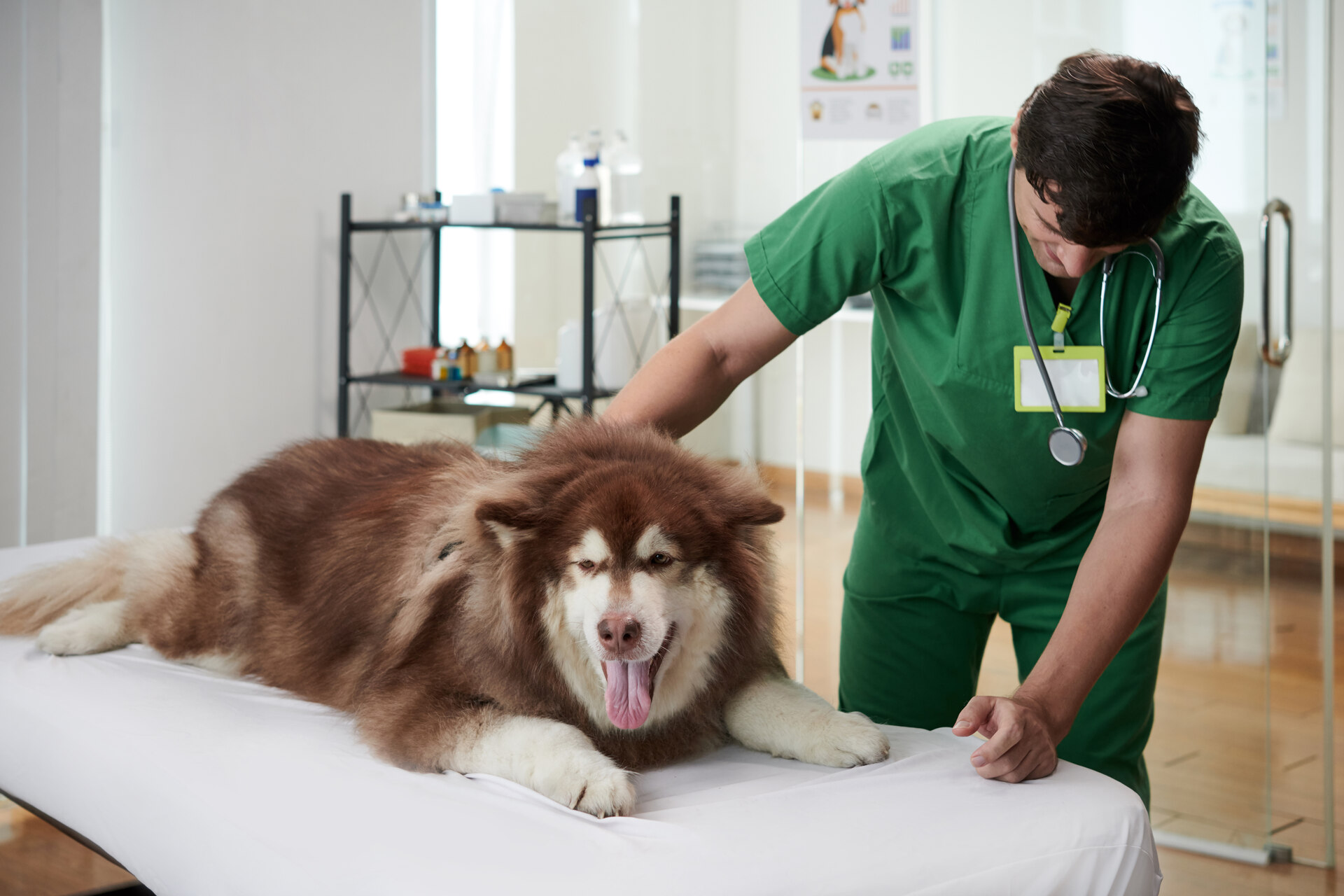
The main causes of intestinal blockage in dogs
Bowel obstruction in dogs may arise from a whole bunch of reasons. Here are some of the most common ones – and what you can do about it.
Your dog’s swallowed a foreign object
One of the primary causes of intestinal blockage in dogs is if they’ve swallowed something like a toy, hairball, fruit stone, or a large amount of grass. (Yes, your dog might like to nibble on grass too, every so often.) When these objects tend to be large, hard, and/or indigestible, it may cause a bowel obstruction.
Puppies and younger dogs are especially at risk, since they’re teething and have a strong need to chew. Which increases their risk of a mechanical intestinal obstruction (i.e., when it’s a foreign object creating the blockage.)
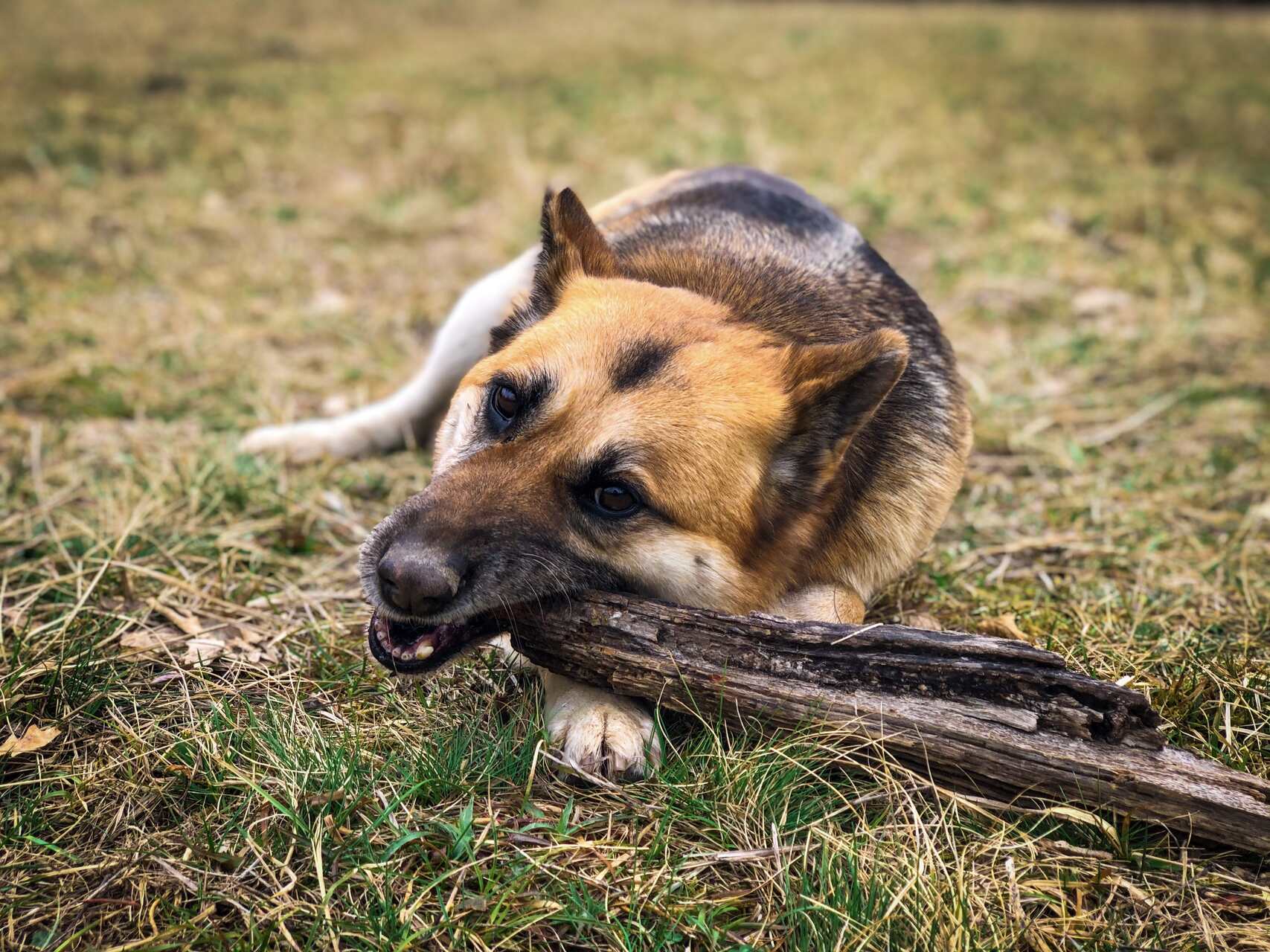
💡Be extra mindful of your dog’s chew toys – and keep around some vet-approved, chew-friendly options. Ideally, these shouldn’t be so small that your dog is at risk of swallowing and choking on them by accident!
Read more: Swallow hazard: The danger of using AirTags for dog tracking
Your dog’s digestive system isn’t doing too well
Now besides indigestible objects, your dog might suffer an intestinal blockage if they’ve eaten something that they shouldn’t have. All of these can cause their intestines to slow down and pass food and matter slower. In the long term, constipation can also be dangerous and contribute to a bowel obstruction.
Which is why it makes sense to be extra careful of every bite, lick, and taste your dog’s getting. Our kitchens alone are full of foods and ingredients that are harmless to us – but could be fatally toxic to them!
Besides, it’s also a good idea to keep your friends, family, and neighbors in the know. (So that they don’t feed your buddy something harmful by mistake.)
Read more: What Can Dogs Not Eat? 15 Foods Poisonous To Dogs
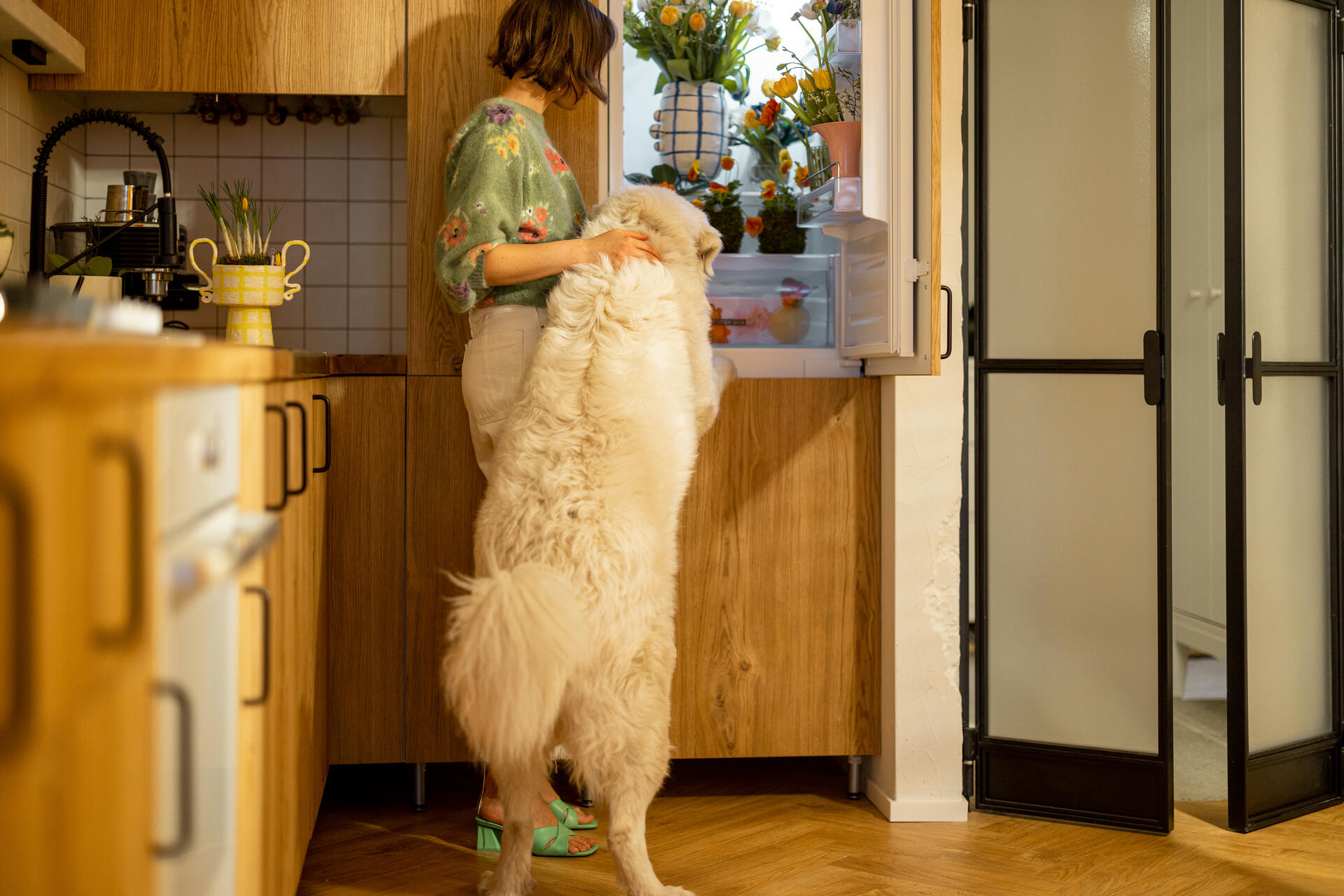
⚠️ If you’ve got a particularly food-motivated dog, there’s nothing that might stop them from venturing outdoors to get a few extra nibbles. (Whether that’s from your neighbors or the community garbage zones.)
It’s why dog parents around the world are investing in GPS trackers to track where their dogs are off wandering – in real-time, plus over an unlimited range.
Which – especially if you don’t have fencing around your property – might just end up saving your dog’s life (and your savings from a hefty vet bill.)
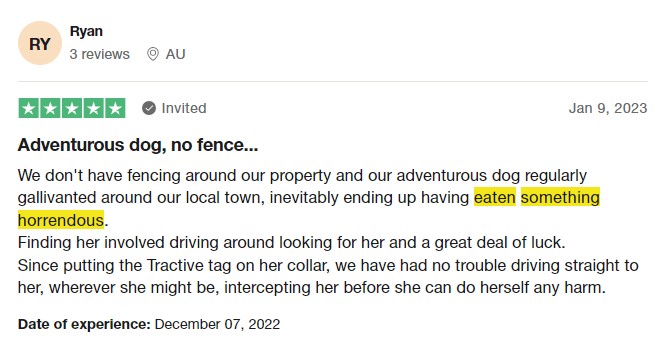
Your dog may be experiencing intestinal paralysis
Now in medical terms, “paralytic ileus” refers to an intestinal blockage resulting from paralysis. This means your dog might not actually have a physical blockage (like a foreign body) – but their intestines have slowed down significantly anyway. Meaning they can’t pass through food as usual.
Other causes of intestinal blockage in dogs
- Circulatory disorders
- Thickening of the intestinal wall
- Inflammation
- Poisoning
- Tumors
- Cancers
- Parasites
- Gastric torsion (i.e. the twisting of the intestine or stomach)
- Constrictions
- Hernias and associated leakage of organs or tissue
- Atresia ani (a rectum that is missing from birth)
- Invagination (part of the intestine slips into the neighboring intestinal section)
- Neurological problems (i.e., a loss of intestinal activity due to a nervous system disorder)
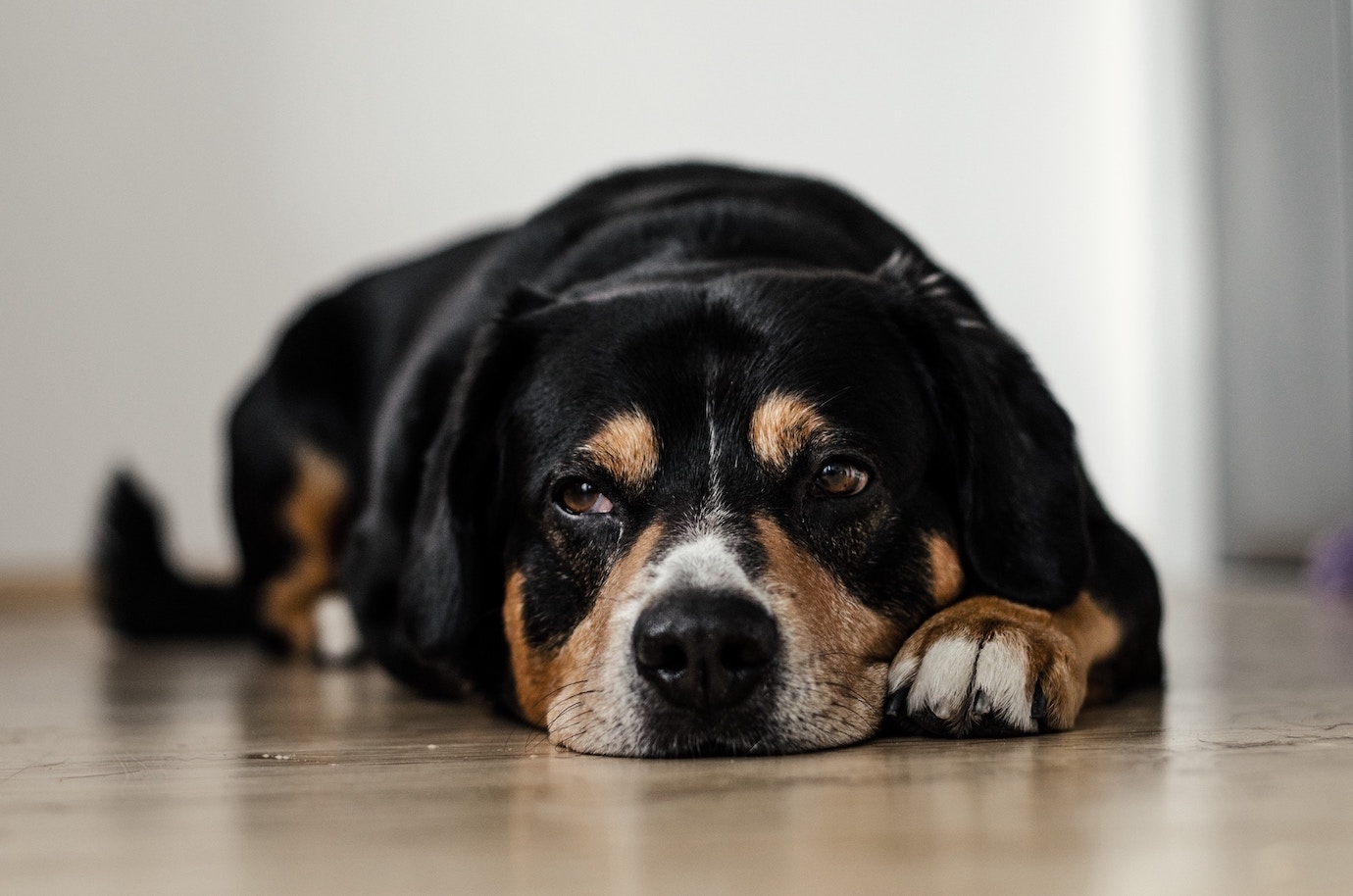
Signs of blockage in dogs: What to look out for
Here are some of the most common signs of intestinal blockage in dogs to watch out for – though they might vary, depending on what your dog is experiencing. These symptoms can last for several days to weeks.
- Diarrhea
- Vomiting (especially gushing vomit of any food or liquid)
- Constipation, straining, or inability to defecate
- Loss of appetite
- Emaciation
- A swollen, tender, and/or bloated abdomen
- Lethargy
- Fever
In the case of an incomplete or chronic bowel obstruction, these signs may initially be less obvious. Which means you might actually miss out on them entirely – until your dog’s health has worsened.
Besides, in more serious cases, a bowel instruction may even lead to death within a few hours without treatment.
How to catch on to your buddy’s symptoms early on
If you do recognize some of these signs, drop by your vet as soon as possible. They may need to thoroughly examine your dog and run a few tests to provide an accurate diagnosis.
But unfortunately, it’s more likely your dog might mask their discomfort and pain from you. (It’s just their instincts – a sick wild dog might’ve made for easy prey, after all.) Which means you’re more likely to miss out on the signs your dog is sick or struggling with an infection or pain – until it’s too late.
💡So imagine being able to catch on to your dog’s symptoms early – before they worsen?
Rather than the more obvious signs like vomiting or diarrhea, here’s a simple, observable behavior that’s key to how well your dog is doing, health-wise: their activity.

“Keep track of your dog’s energy levels, especially how long they are able to walk.
If you notice significant declines, it could be a sign of pain, heart disease, or other illness.”
– VCA Animal Hospitals
Which you can jot down in a journal – or use the actionable data you get from an Activity Tracker built for dogs and dog parents alike.
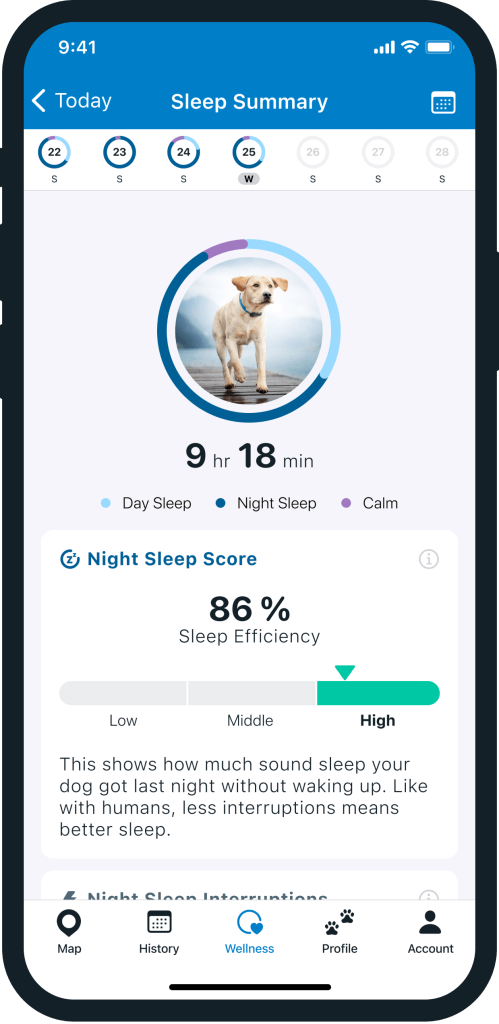
So you can see (in numbers) whether your dog’s been:
- Moving less than usual
- Taking more naps than usual
- Or getting less quality sleep than usual
All of which can help you have a more productive conversation with your vet – and catch on to a change in your dog’s behaviors much in advance. (So no need to struggle paying an expensive vet bill.)
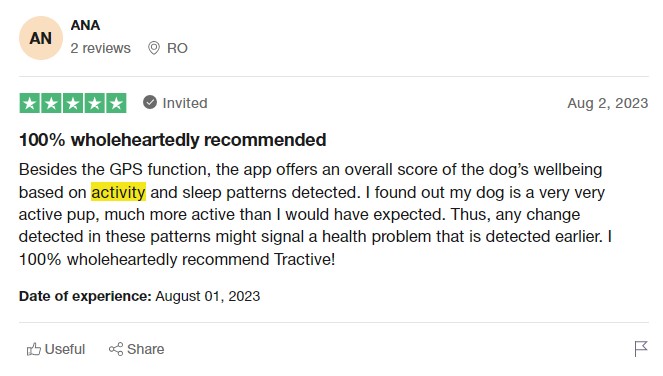
Diagnosing bowel obstruction in dogs: What to expect at your vet’s
Now if you’ve picked up a drop in your dog’s activity early – or noticed them struggling around toilet time, it’s important to get them over to the vet for a checkup. Diagnosing their condition early on can help your vet prescribe you the proper treatment to get your buddy right as rain again
First, your vet will do a thorough physical checkup of your dog.
- They might palpate the abdomen to check for any pain or discomfort.
- They will also take your dog’s temperature and examine their oral cavity.
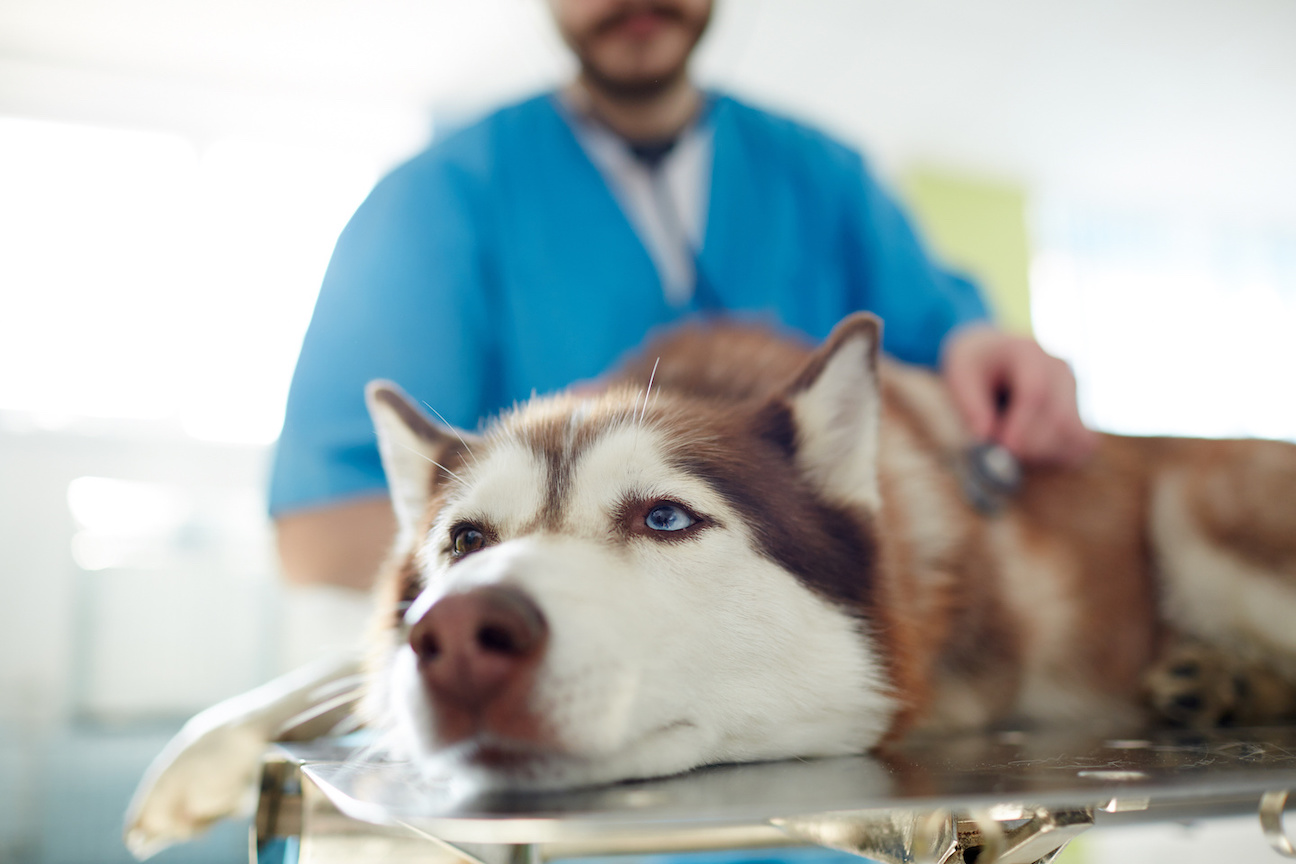
After, your vet might carry out some diagnostic tests to determine what’s causing the intestinal obstruction.
- These may include X-rays, endoscopy, or ultrasound examinations of your dog’s abdomen to check for foreign objects or other blockages.
- A blood and/or urine test can help check for inflammation or poisoning.
- If it’s a particularly serious cause of obstruction, your dog might need to undergo surgery.
If your dog’s symptoms have spread to their esophagus or stomach, your vet might need to exmaine them under anaesthesia..2
How your vet might treat an intestinal blockage
Depending on what’s causing your dog’s intestinal obstruction, your vet might prescibe:
- A laxative, especially in cases of partial obstructions
- A surgical procedure, especially if it’s a foreign body – or if a section of your dog’s intestines have been permanently damaged
- Fluid therapy
- Specific medications to get things going in your dog’s intestines
- A special diet to put your dog on as they heal (involving easy-to-digest foods)
Following the operation, your buddy might have to stay at your vet’s for a few days – so they can heal and your vet can follow up on any other treatments required. They may be on a dose of painkillers until they’re feeling better again.
Caring for your buddy once they’re back home
Now for some good news: if your vet is able to correctly diagnose the underlying cause of the intestinal blockage, it’s more likely your dog’s symptoms will get much better with time.
Which is why it’s so important to follow your vet’s instructions to the T once you’re back home together. So make sure to:
- Keep your dog’s neck collar on until any stitches from their surgery have been removed. They might be compelled to lick or scratch at these, which may cause any bacteria from their mouths to infect the wound. (Resulting in another surgery.)
- Follow your vet’s instructions regarding any special medication or diet they prescribe you. At this point, they should only be eating healthy, easily digestible foods.
- Call your vet immediately if you notice any weird symptoms or a resurgence of vomiting, diarrhea, or abdominal pain.
- In some cases, your vet might recommend you regularly take your dog’s temperature at home.
- Be mindful of any toys or other “chewable” objects lying around home. Keep them well clear of your dog (even after they’ve healed.)
- Avoid feeding your dog foods like bones. These may splinter in your dog’s mouth or stomach and cause pain and blockages.
- Spend as much quality time you can with your buddy – it’ll help distract them from any pain or discomfort.
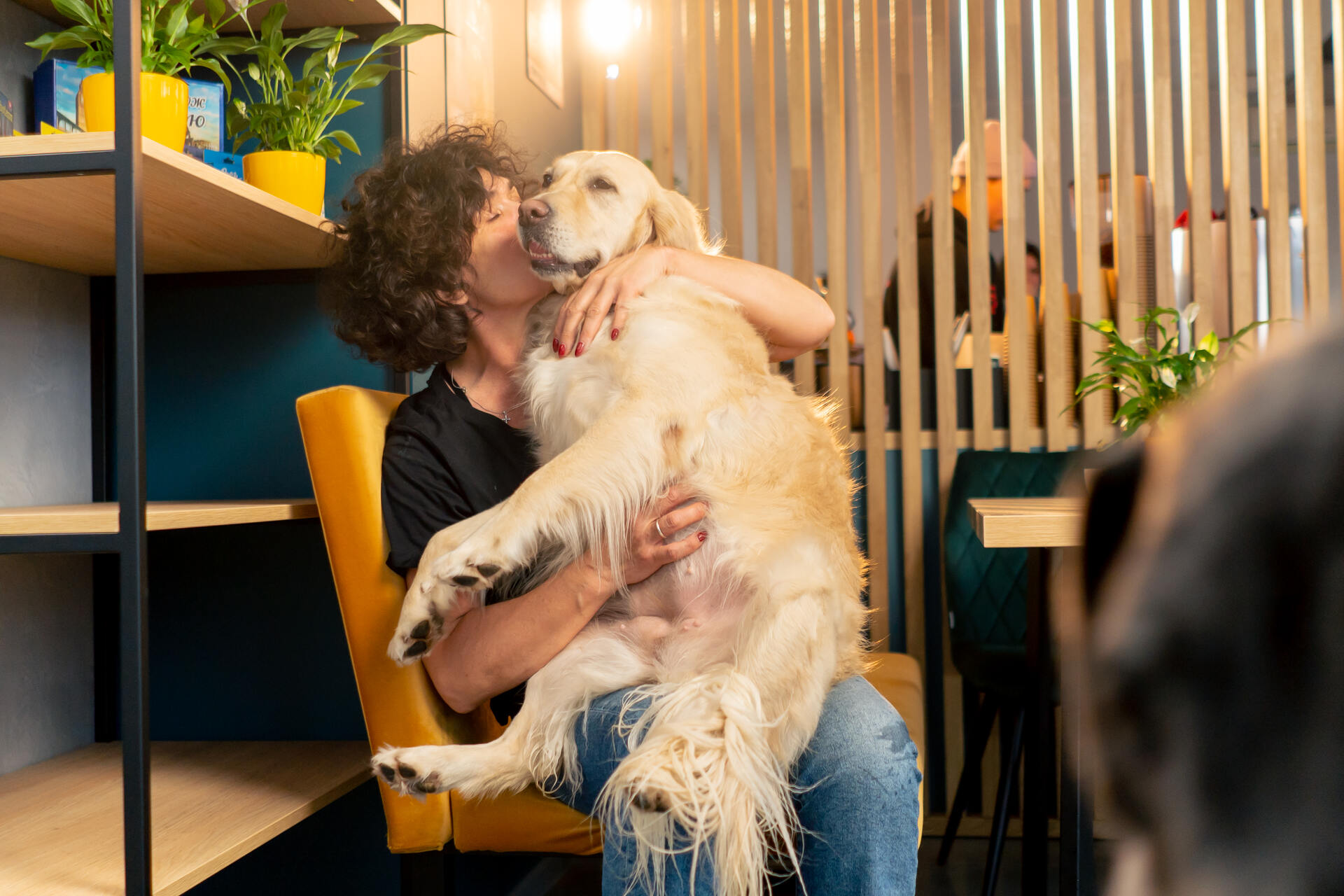
💡Most importantly – make sure your dog isn’t wandering off somewhere to get some extra treats or nibbles.
Even just a moment’s negligence and you might find them headfirst in a trash can, looking for a snack!
(So if you don’t have a fence around your property, why not set up a Virtual Fence instead? Within minutes, you’ll get an escape alert on your phone if your dog’s tried sneaking past it – so you can intervene right away and get them back to safety.)
Help your dog live their best life – with a little monitoring
Toilet trouble is never easy to handle – especially if it ends up with a life-threatening intestinal blockage that lands your poor buddy on the surgery table. So make sure to watch out for these signs of bowel obstruction in dogs:
- Diarrhea
- Vomiting (especially gushing vomit of any food or liquid)
- Constipation, straining, or inability to defecate
- Loss of appetite
- Emaciation
- A swollen, tender, and/or bloated abdomen
- Lethargy
- Fever
And more often than not, monitoring every morsel that goes past your dog’s mouth is usually a good starting point. They might end up with an intestinal blockage because they’ve swallowed a foreign object – or are experiencing a more serious health condition, including intestinal paralysis, tumors, or even some cancers!
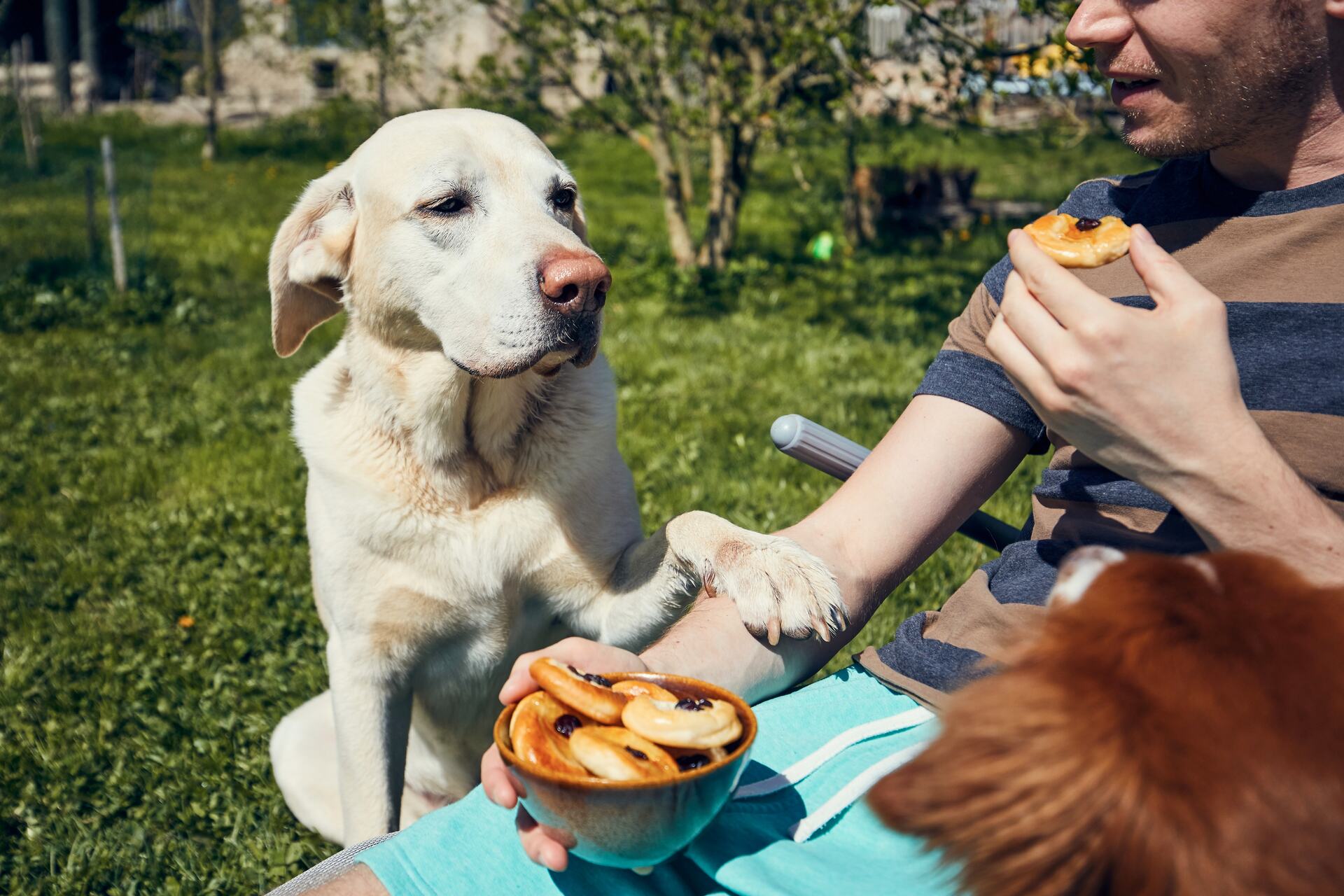
So here are two practical steps to help you stay on top of your dog’s health, well-being, and safety:
- Track where they’re wandering off to throughout the day (especially if it means getting fed at the neighbors’ or at the local garbage disposal)
- Monitor their everyday activity to catch on to a spike or a dip early on (which can signal something’s wrong)
All of which you can get on one device – built with love for dogs and loved by dog parents around the world, just like you.
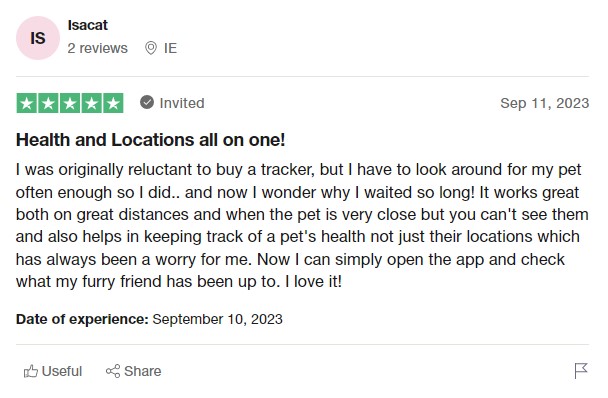
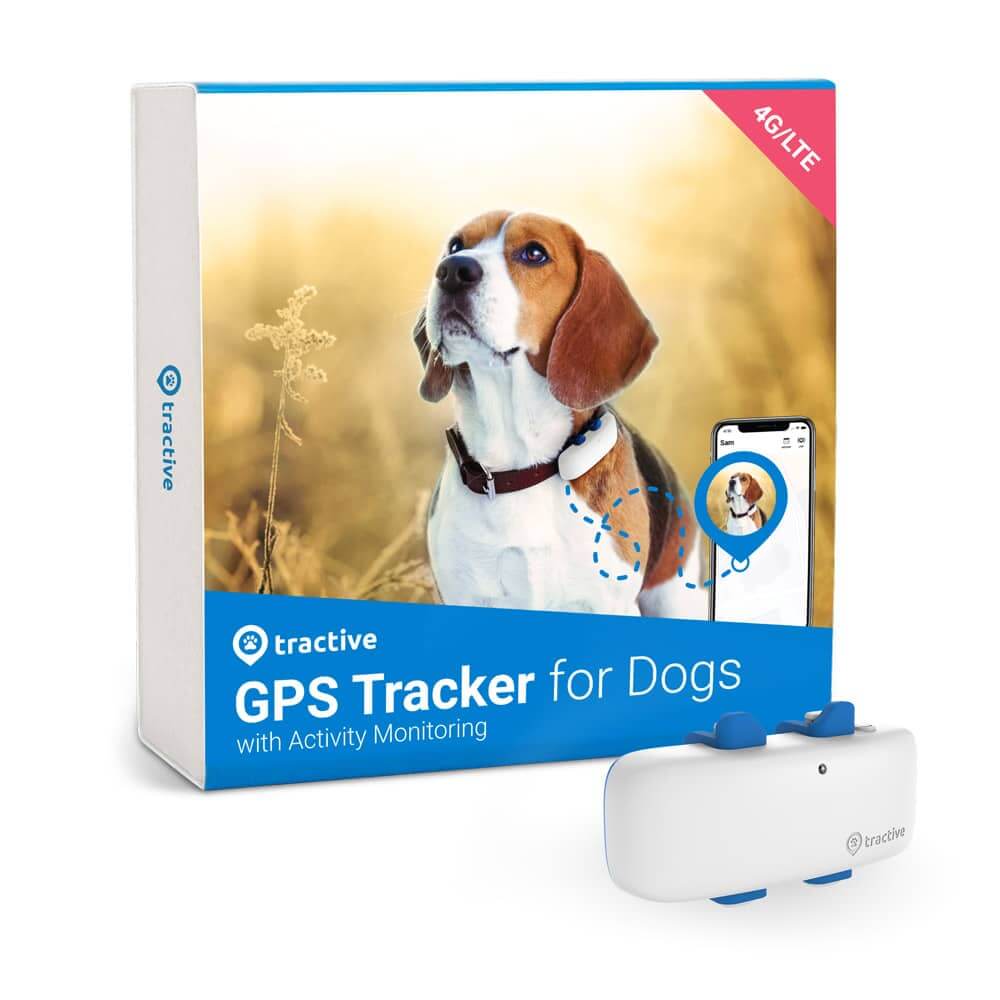
Stay on top of your dog’s wellness
See how they’re doing at a glance with Wellness Score. Set goals. Compare with dogs like yours. Monitor sleep. Detect issues and keep them healthy.
For a bit of firsthand advice from the vets, here’s Dr. Barrett from the Beebout Veterinary Center sharing his tips on preventing intestinal obstruction in dogs:
And if you’ve liked this post, share it with a friend or a loved one – and let’s help build a safer, kinder world for our furry friends together.




